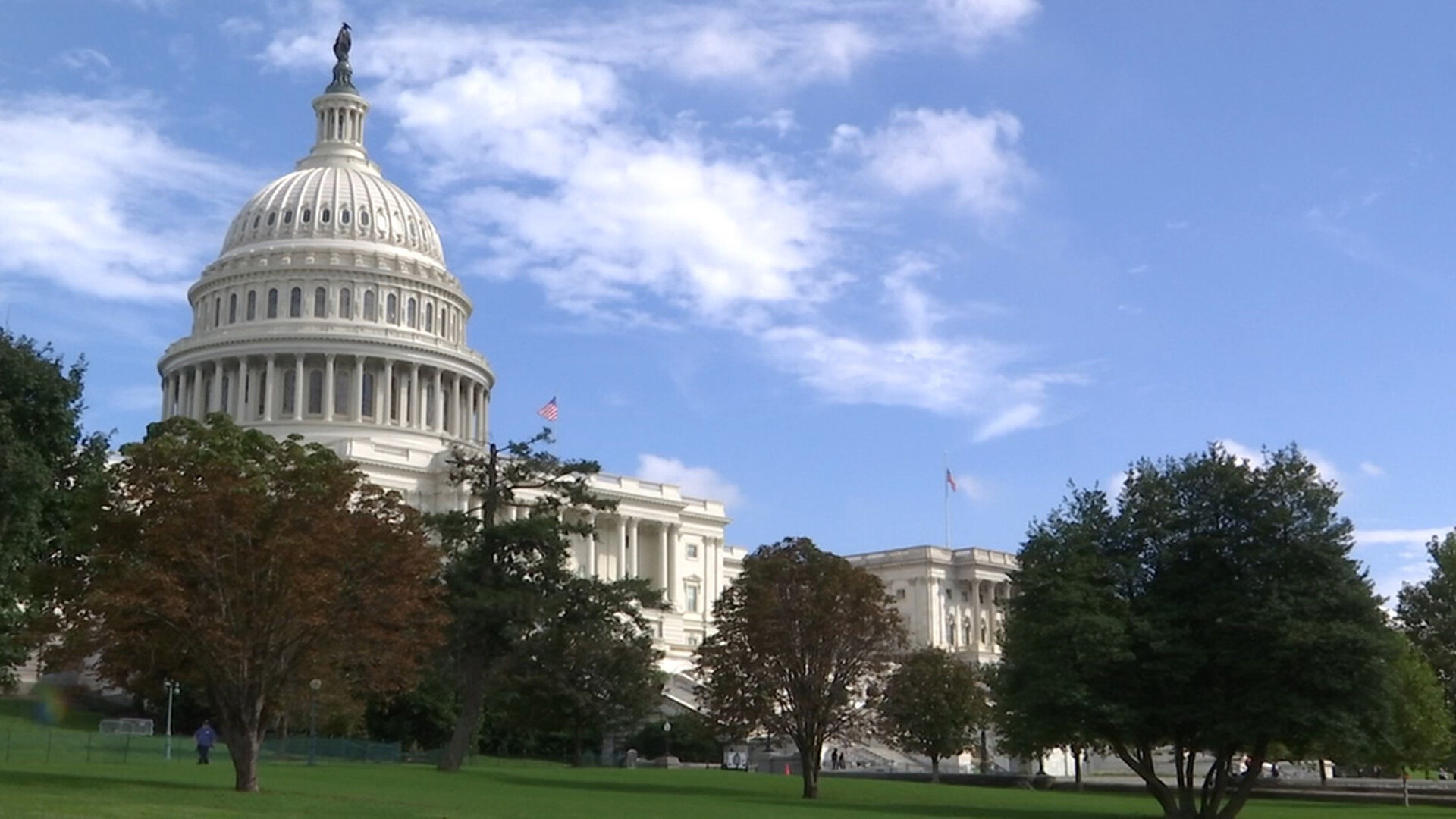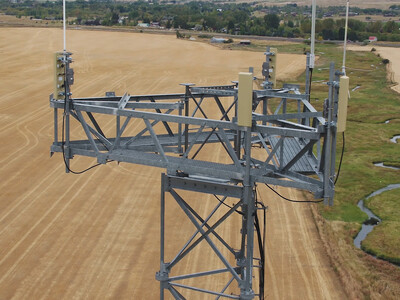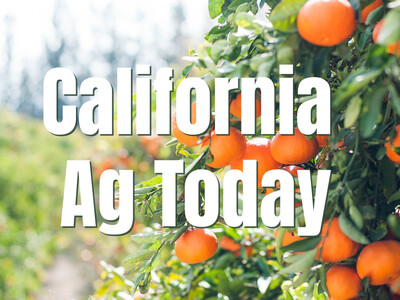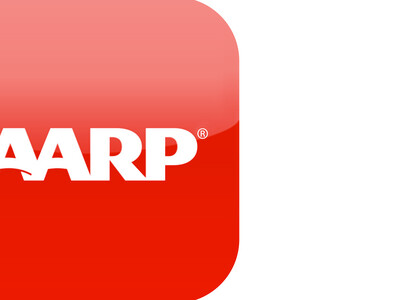CBO's New Estimate Far Below What House GOP Needs For Farm Bill
The Congressional Budget Office is sticking with a cost estimate for USDA’s Commodity Credit Corporation spending authority that is far lower than congressional Republicans need to fund their farm bill proposals.CBO on Tuesday estimated that USDA’s use of its Section 5 authority under the CCC would total $12 billion from fiscal 2025 through 2034. In February, USDA estimated that it would spend $15 billion over that period.
Neither figure is anywhere close to the $50 billion or more the House Agriculture Committee has been counting on to fund commodity program increases in the farm bill the panel passed in May.
The new projections “prove what we have been saying all along: the House Republican farm bill is unpaid-for, relying on magic math and wishful thinking,” Senate Agriculture Committee Chairwoman Debbie Stabenow, D-Mich., said in a statement.
“In exchange for blocking USDA’s ability to provide real time assistance to farmers through the CCC to address emerging challenges, House Republicans received only a small fraction of the $50 billion hole they need to fill to pay for their bill," she said.
CBO has been using an even lower CCC savings estimate for the House Ag farm bill of about $8 billion. CBO is scoring the bill off of estimates issued in May 2023.
Separately, CBO on Tuesday trimmed its cost projections for the Supplemental Nutrition Assistance Program even as it raised the forecast for the federal deficit.
CBO, which issues cost estimates for legislation that Congress is considering, including the farm bill, also revised its cost estimates for farm programs and significantly increased its estimate of how much money will be provided to farmers and ranchers for disaster assistance.
CBO raised the forecast for the federal budget deficit in fiscal 2024 to $1.9 trillion from the $1.6 trillion projected in February. Meanwhile, the federal debt is expected to total about 99% of gross domestic product (GDP) this year and grow to 122% of GDP by 2034.
CBO lowered the projected cost of SNAP by $7 billion this year and $59 billion from fiscal 2025-34, or about 5%. CBO said “recent data showed that actual average monthly benefits were lower than previously projected.”
CBO lowered slightly its cost estimates for some commodity program payments, but increased its projections for disaster assistance, according to an analysis provided to Agri-Pulse by Pat Westhoff, director of the University of Missouri’s Food and Agricultural Policy Institute.
The 10-year estimate for disaster aid was raised by $8.9 billion from the February forecast, according to Westhoff’s calculations. USDA is now expected to provide just under $20 billion in disaster aid from fiscal 2025 through 2034.
CBO raised its 10-year estimate for payments to rice producers but made small reductions for other major commodities, including corn, soybeans, wheat and cotton.
Economist says base update could increase land values
Regardless of what happens with the farm bill this year, both parties have offered proposals that would allow some farmers to get additional base acreage enrolled in commodity programs. Such proposals could get carried over until the next Congress, if further work on the farm bill gets delayed until then; the last base updates were in 2002 and 2014.
Depending on how a new base update would be enacted, it could have an impact on land values and cash rents, since new base acreage would be eligible for PLC and ARC payments.
The farm bill the House Agriculture Committee advanced in May would allow producers to obtain base for land that doesn’t have it now, but the total new base nationwide would be capped at 30 million acres. If acreage enrolled exceeds the cap, USDA would have to pro-rate the new base.
The top Republican on the Senate Ag Committee, John Boozman of Arkansas, released a farm bill framework June 12 that also would allow farmers to obtain new base acres, but the summary provides little detail of how it would be done. A summary released by Boozman says only that his plan would add “base acres for farms without base or minimal base and creates a mechanism to continue bringing new and beginning farmers into the safety net for years to come.”
A Boozman aide said some details were subject to negotiation but that he isn’t proposing an acreage cap like the House bill. The bill would allow new and beginning farmers to get base as existing base acreage is retired by USDA; the department is required to remove acreage from the commodity programs when the land is converted to non-agricultural uses.
Stabenow hasn’t detailed her proposal either, but it would clearly be the most limited of the three. Her section-by-section summary says her bill would provide “a limited opportunity for underserved producers that own or operate a farm to establish new base acres or add base acres if recent plantings exceed the existing base acres.”
Source: Agri-Pulse

















